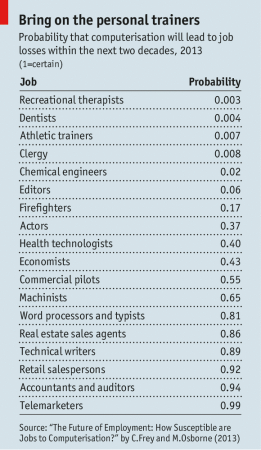Yesterday, a friend and I visited Ripley’s Aquarium of Canada, a new privately-run aquarium located beside the CN Tower in Toronto. I have uploaded some of the photos already, with more to come.
It’s certainly a spectacle, both in terms of the species on display and the layout of the facility. A big portion consists of tunnels of plexiglass through large underwater habitats, allowing visitors to see many species arrayed around them at once.
I am, however, left somewhat divided about how to feel about the place. Their website says that they have a “Comprehensive Environmental Purchasing Policy”, but it remains the case that the facility is an artificial hotspot of biodiversity, drawn together from around the world and presented for the entertainment and education of paying guests.
I’m open to the argument that people need to see nature and biodiversity in order to value them, and the aquarium does make some allusions to the harm humanity is doing to the global ocean through over-fishing, pollution, and climate change. It’s plausible that some aquarium guests will come away from the experience with a greater appreciation for marine biodiversity, and perhaps a greater willingness to play a role in protecting it.
At the same time, there is a degree to which the aquarium is nature in a box for the privileged. The habitats are full of artificial coral and kelp, and ecological themes are mentioned more than emphasized in the surrounding documentation. The “[p]olicy banning staff use of plastic water bottles on site” seems inadequate compared with the main environmental impacts of the facility, both in terms of the acquisition of so many species – some explicitly labelled as endangered – and in terms of the huge power and water usage the facility clearly requires.
The aquarium was full of beauty and biological novelty and I was grateful to go. I would encourage others to do so as well, though it is probably worth thinking about what such places imply for the human relationship with the rest of nature, as well as the contrast between the energy and expense we are willing to devote to showcasing the diversity of life, at the same time as our large-scale choices are rapidly causing that diversity to diminish in the wild.

